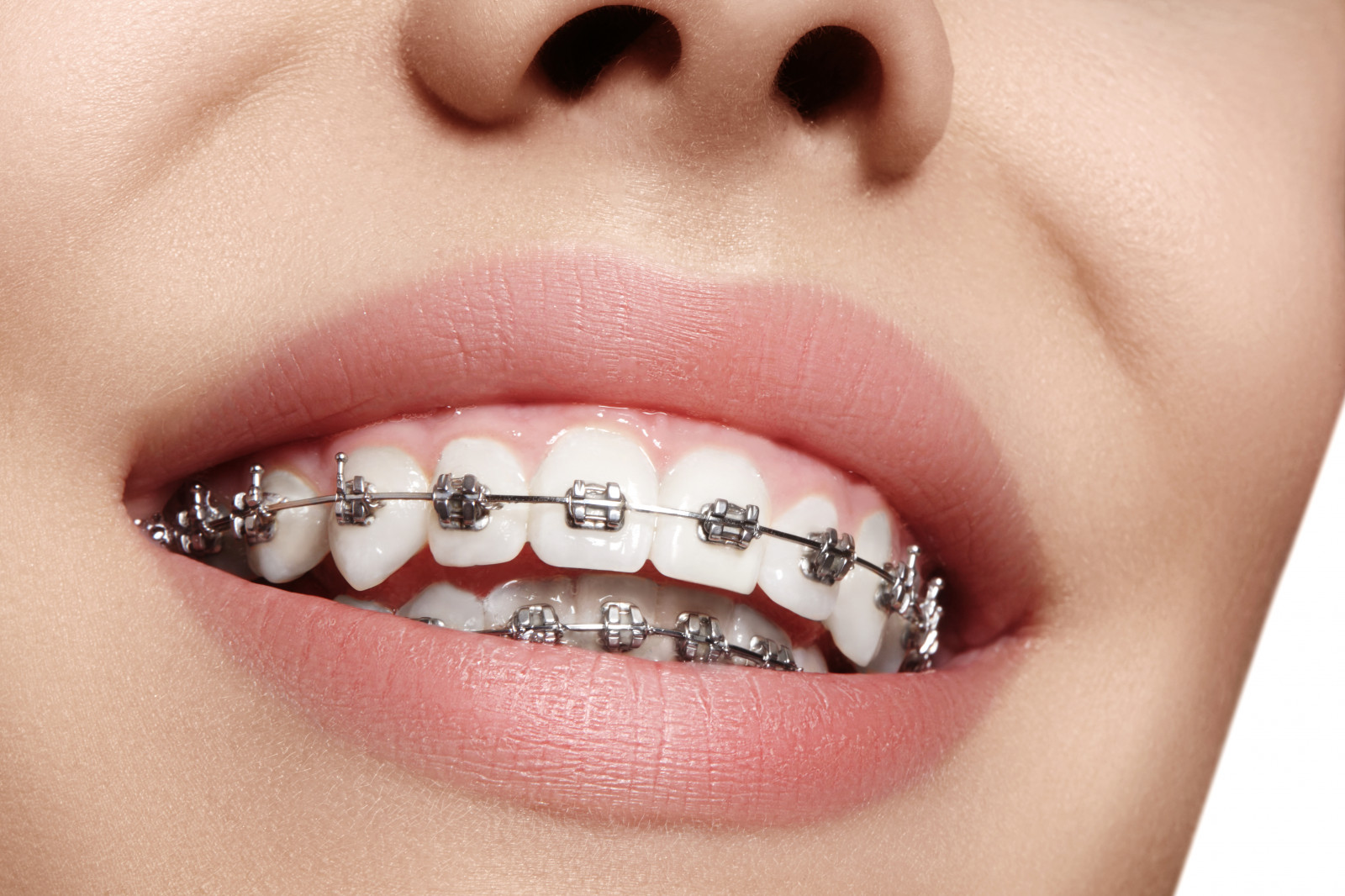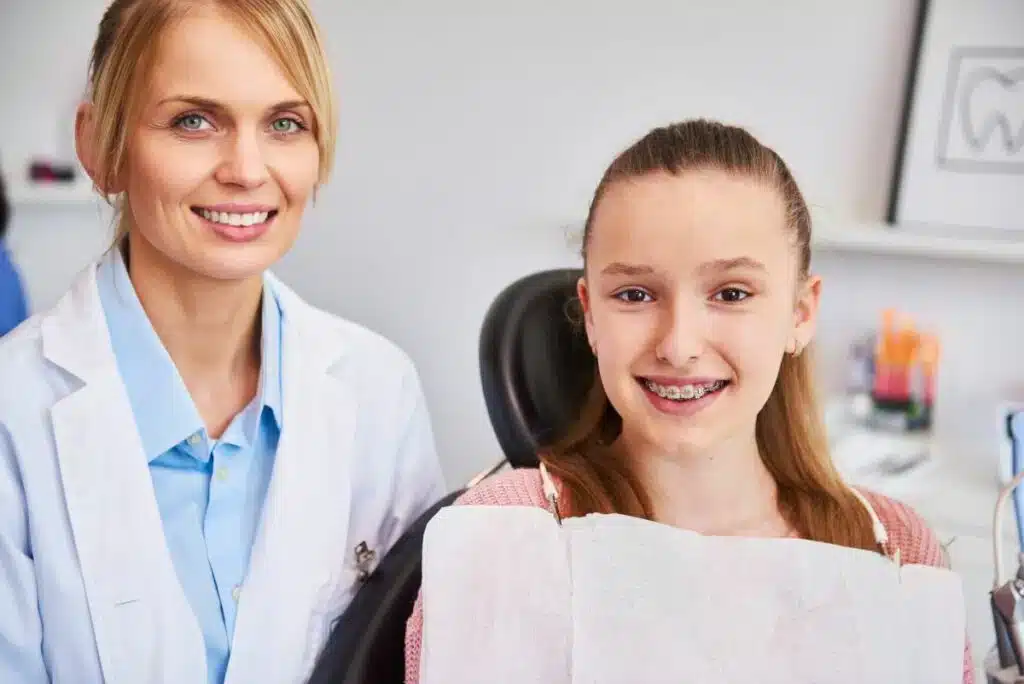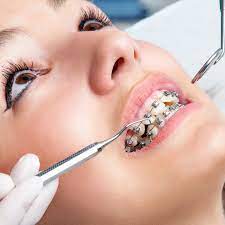Rumored Buzz on Causey Orthodontics
Table of ContentsNot known Details About Causey Orthodontics Causey Orthodontics Can Be Fun For Anyone6 Easy Facts About Causey Orthodontics DescribedThe Facts About Causey Orthodontics RevealedSome Of Causey Orthodontics
Ignoring occlusal relationships, it was normal to get rid of teeth for a selection of dental concerns, such as malalignment or congestion. The principle of an intact teeth was not commonly appreciated in those days, making bite relationships seem unimportant. In the late 1800s, the principle of occlusion was essential for creating trusted prosthetic substitute teeth.As these ideas of prosthetic occlusion proceeded, it became an indispensable tool for dental care. It was in 1890 that the work and influence of Dr. Edwards H. Angle began to be really felt, with his contribution to modern-day orthodontics particularly significant. At first concentrated on prosthodontics, he showed in Pennsylvania and Minnesota before guiding his attention towards oral occlusion and the treatments needed to preserve it as a normal condition, hence becoming understood as the "papa of contemporary orthodontics".

The principle of ideal occlusion, as proposed by Angle and integrated into a classification system, enabled a shift towards treating malocclusion, which is any kind of deviation from typical occlusion. Having a complete collection of teeth on both arcs was extremely demanded in orthodontic treatment as a result of the requirement for specific partnerships between them.
The Best Guide To Causey Orthodontics
As occlusion came to be the crucial priority, facial percentages and aesthetic appeals were overlooked - orthodontist expert. To achieve suitable occlusals without using exterior forces, Angle postulated that having excellent occlusion was the most effective means to get optimal facial visual appeals. With the death of time, it came to be quite noticeable that even a remarkable occlusion was not appropriate when taken into consideration from an aesthetic viewpoint
It became apparent that orthodontic treatment might change mandibular advancement, resulting in the formation of functional jaw orthopedics in Europe and extraoral force actions in the United States. Nowadays, both practical home appliances and extraoral gadgets are applied around the globe with the purpose of changing development patterns and types. Going after true, or at the very least improved, jaw relationships had come to be the major goal of treatment by the mid-20th century.
Top Guidelines Of Causey Orthodontics
 Till the mid-1970s, braces were made by wrapping steel around each tooth. https://soundcloud.com/causeyortho7., it ended up being feasible to instead bond steel braces to the teeth.
Till the mid-1970s, braces were made by wrapping steel around each tooth. https://soundcloud.com/causeyortho7., it ended up being feasible to instead bond steel braces to the teeth.This has actually had purposeful effects on orthodontic treatments that are provided routinely, and these are: 1. Proper interarchal relationships 2. Correct crown angulation (suggestion) 3.
The advantage of the design lies in its bracket and archwire combination, which requires just marginal cable bending from the orthodontist or clinician (best orthodontist near me). It's aptly named hereafter function: the angle of the slot and density of the brace base eventually identify where each tooth is situated with little demand for added control
Not known Facts About Causey Orthodontics
Both of these systems used the same brackets for each and every tooth and demanded the bending of an archwire in 3 airplanes for locating teeth in their wanted positions, with these bends determining supreme positionings. When it comes to orthodontic appliances, they are divided right into two kinds: removable and taken care of. Removable devices can be handled and off by the person as needed.

Therefore, mostly all modern fixed home appliances can be thought about variations on this edgewise device system. Early 20th-century orthodontist Edward Angle made a major payment to the world of dentistry. He developed 4 distinctive appliance systems that have actually been utilized as the basis for numerous orthodontic therapies today, disallowing a few exceptions.
The 2-Minute Rule for Causey Orthodontics

The cord finished in a thread, and to relocate forward, an adjustable nut was used, which allowed for a rise in circumference. By ligation, each individual tooth was affixed to this extensive archwire (emergency orthodontist near me). Due to its minimal variety of motion, Angle was not able to achieve specific tooth positioning with an E-arch
These tubes held a soldered pin, which can be repositioned at each consultation in order to move them in place. Called the "bone-growing appliance", this gizmo was thought to encourage much healthier bone growth due to its capacity for moving force straight to the roots. Applying it showed frustrating in reality.